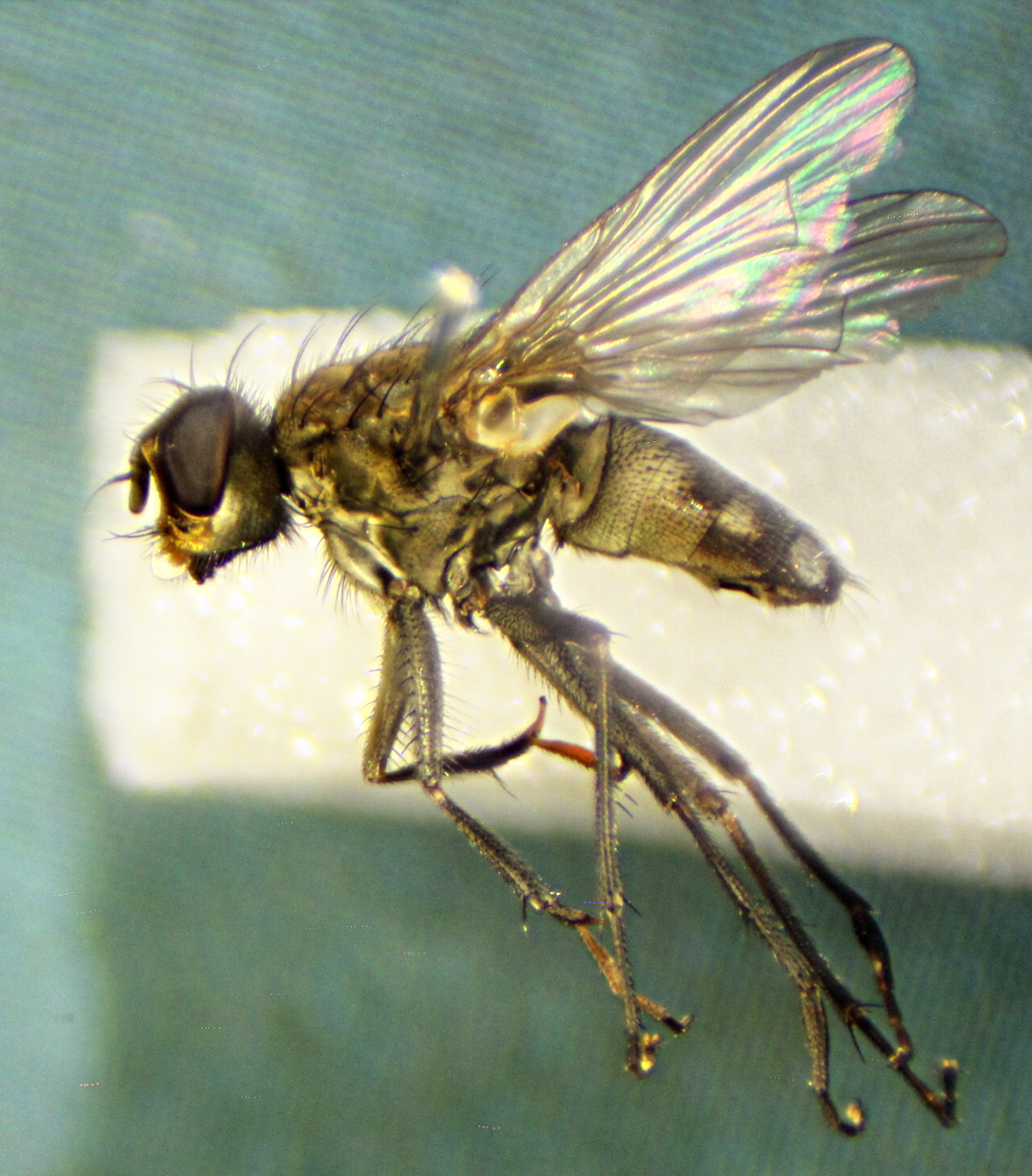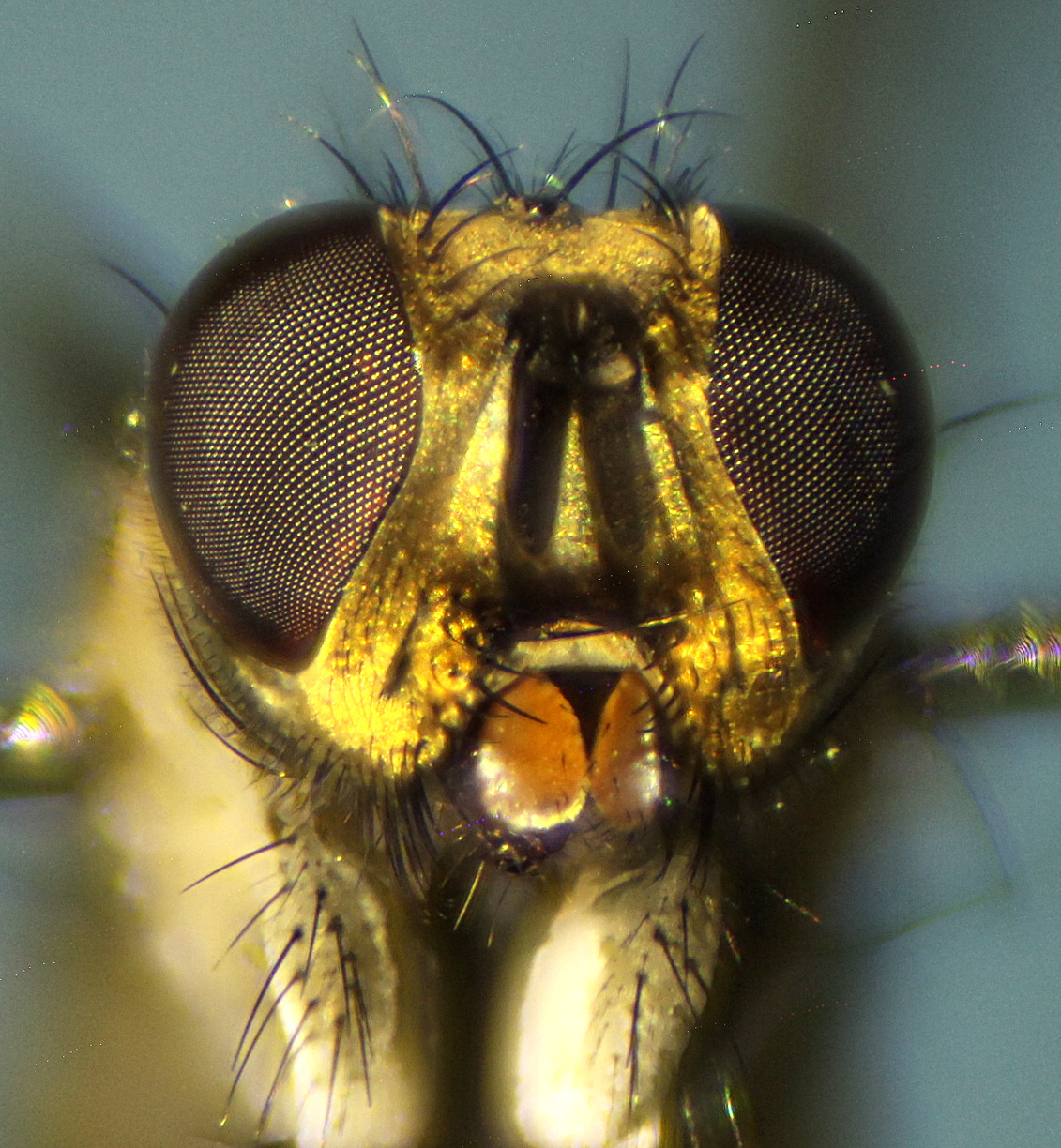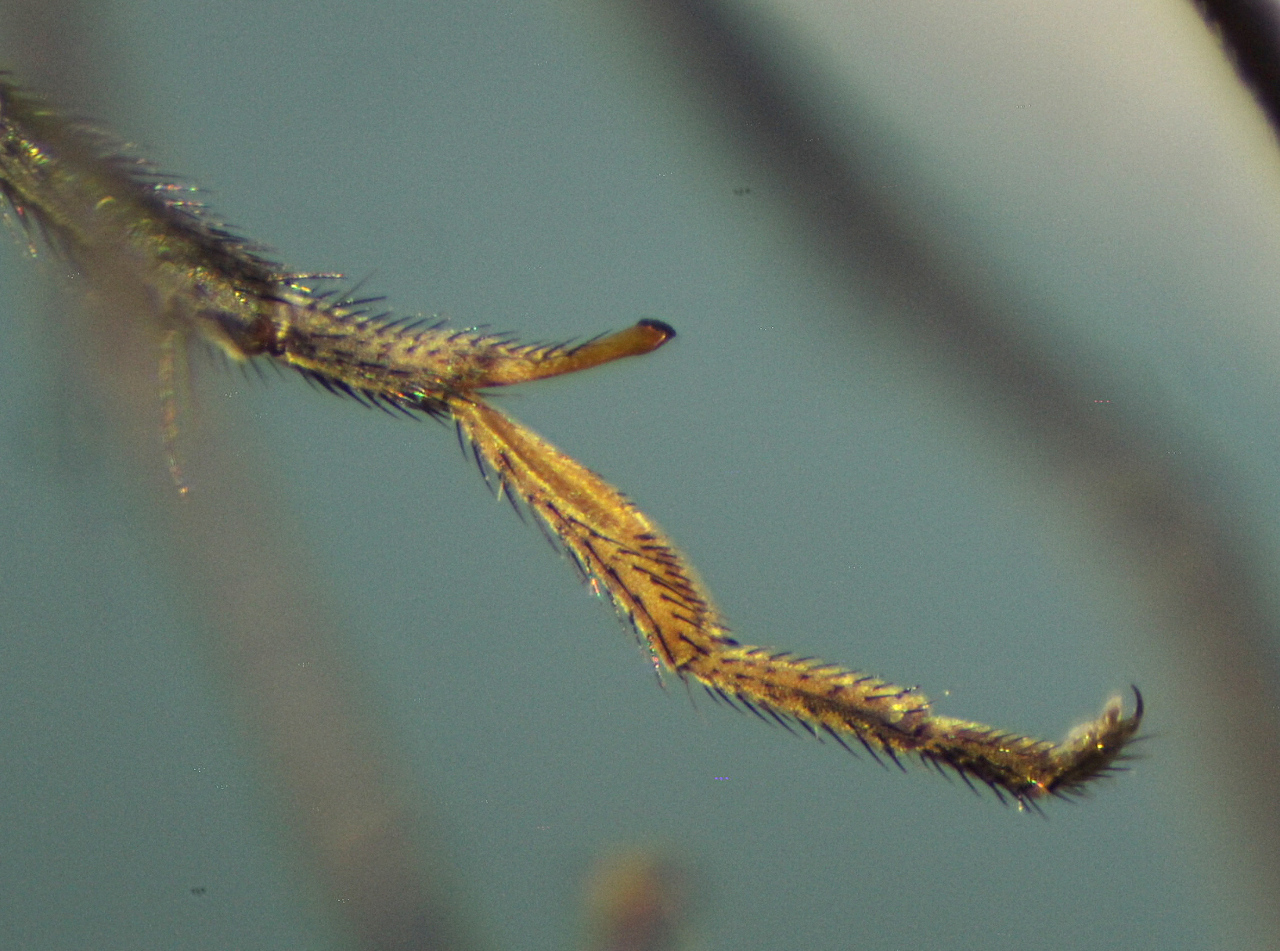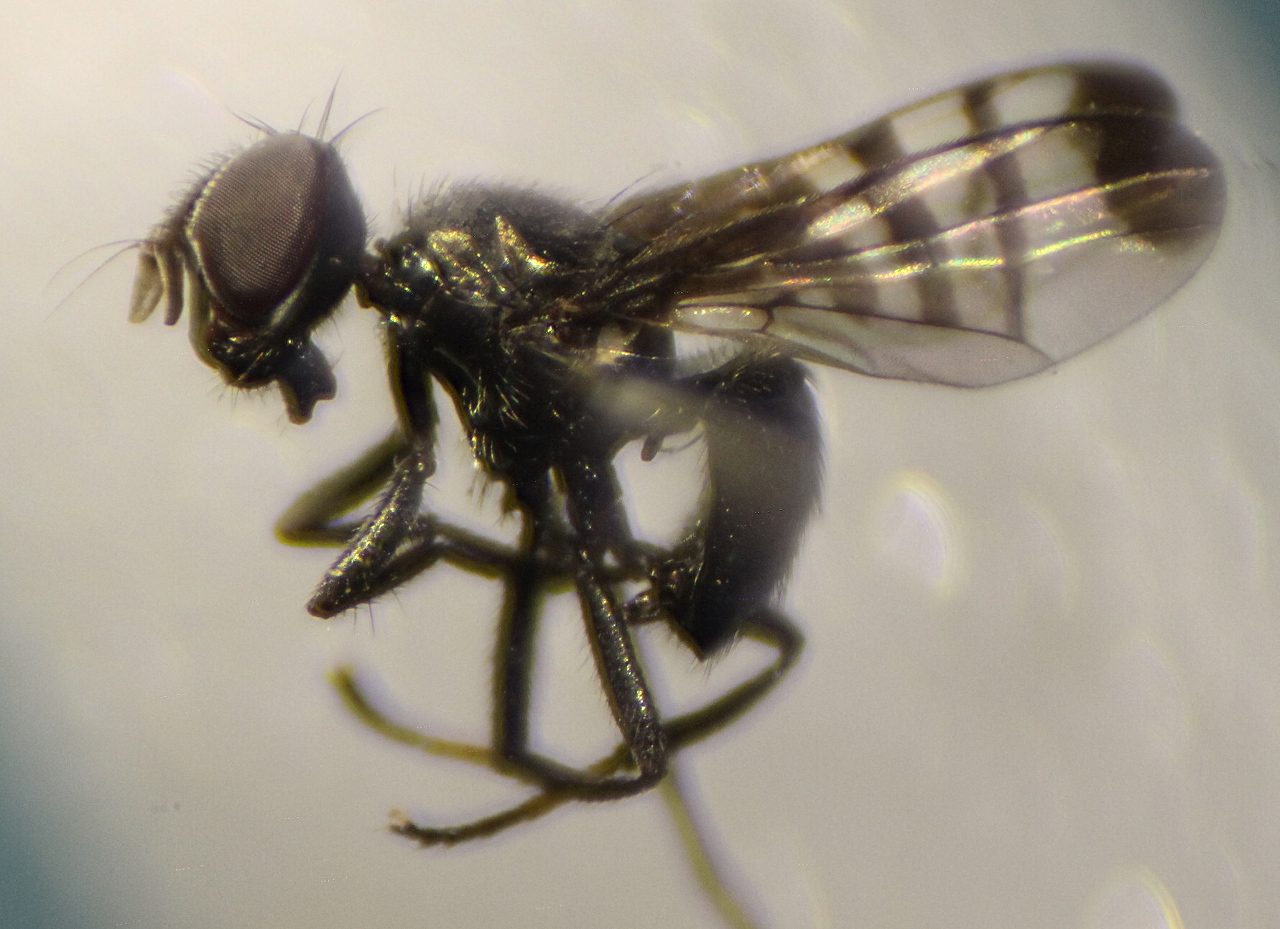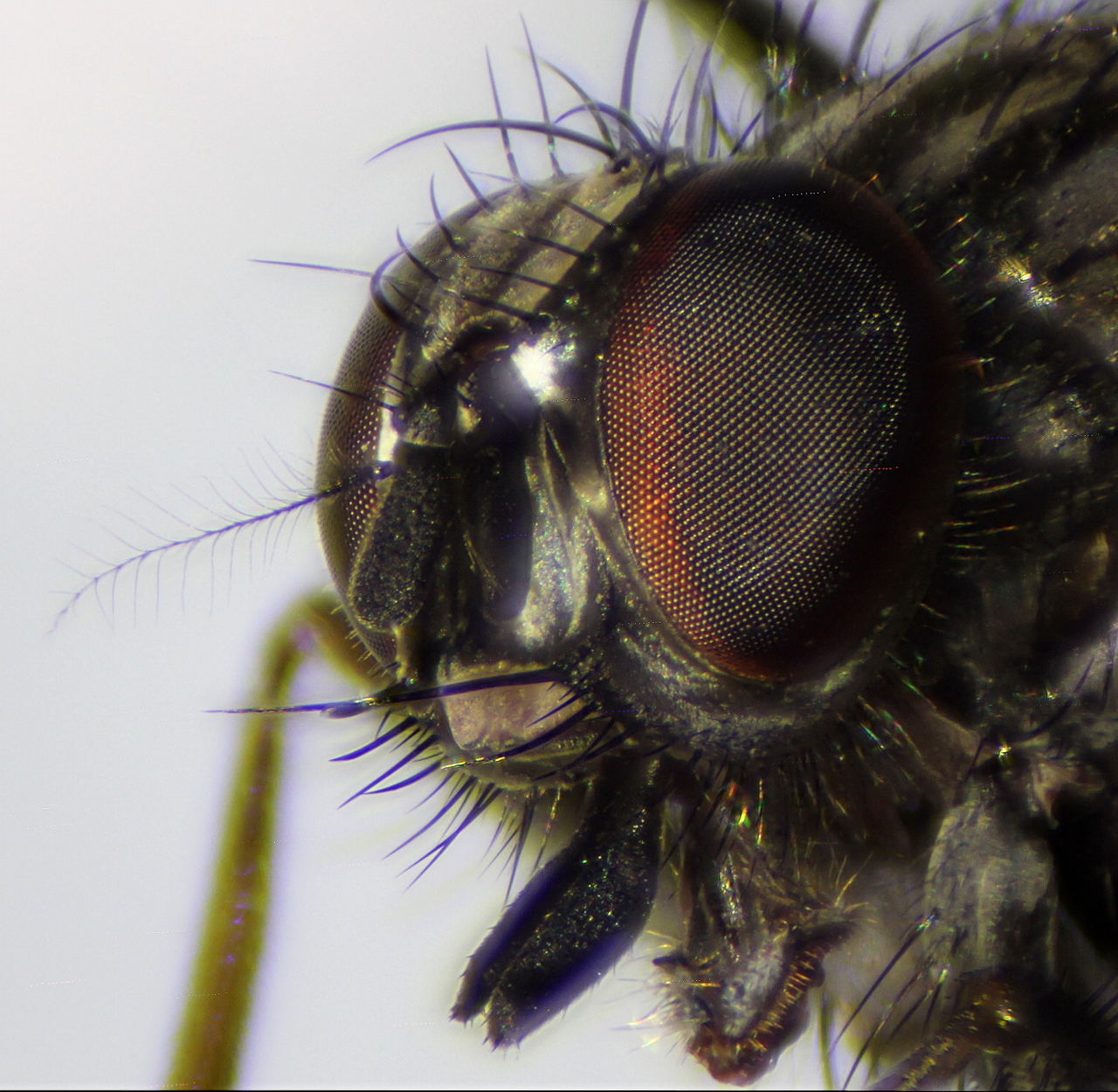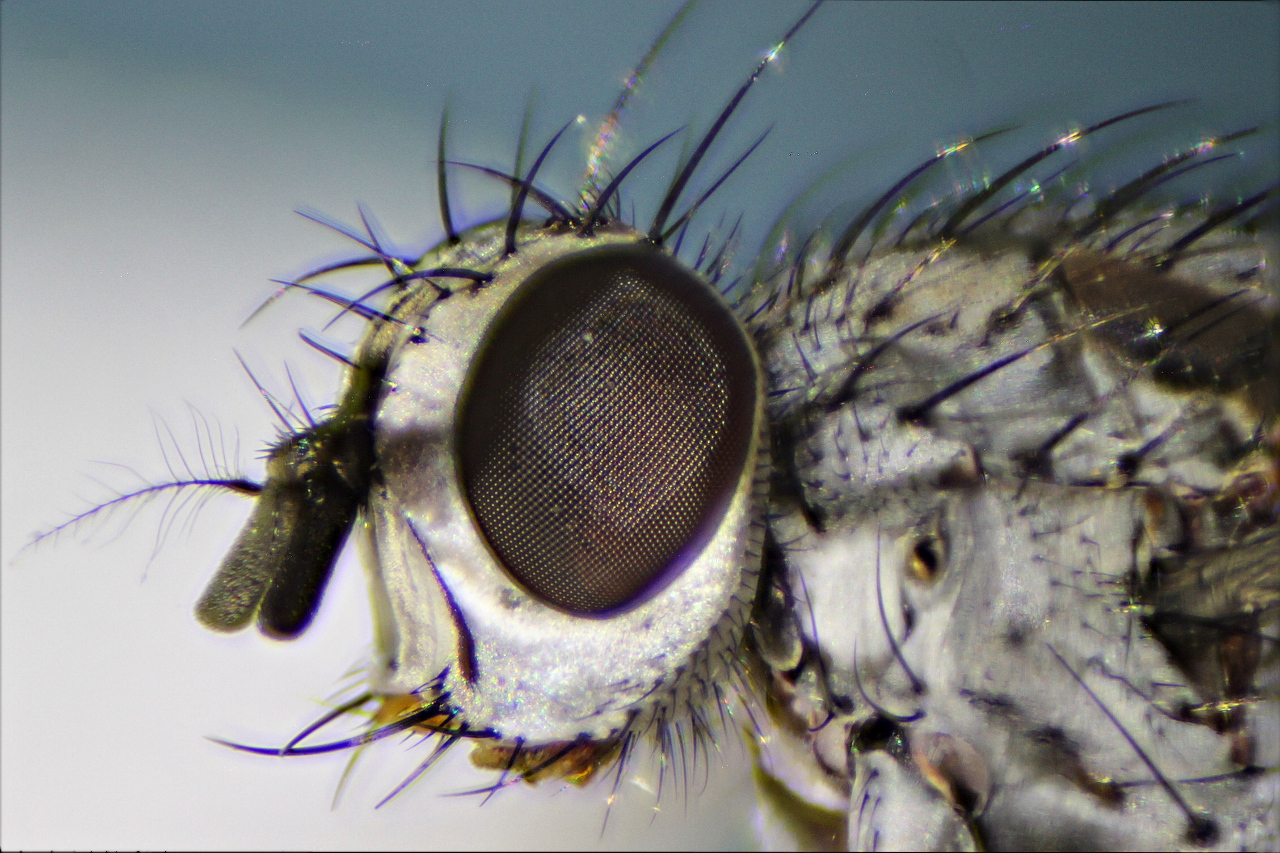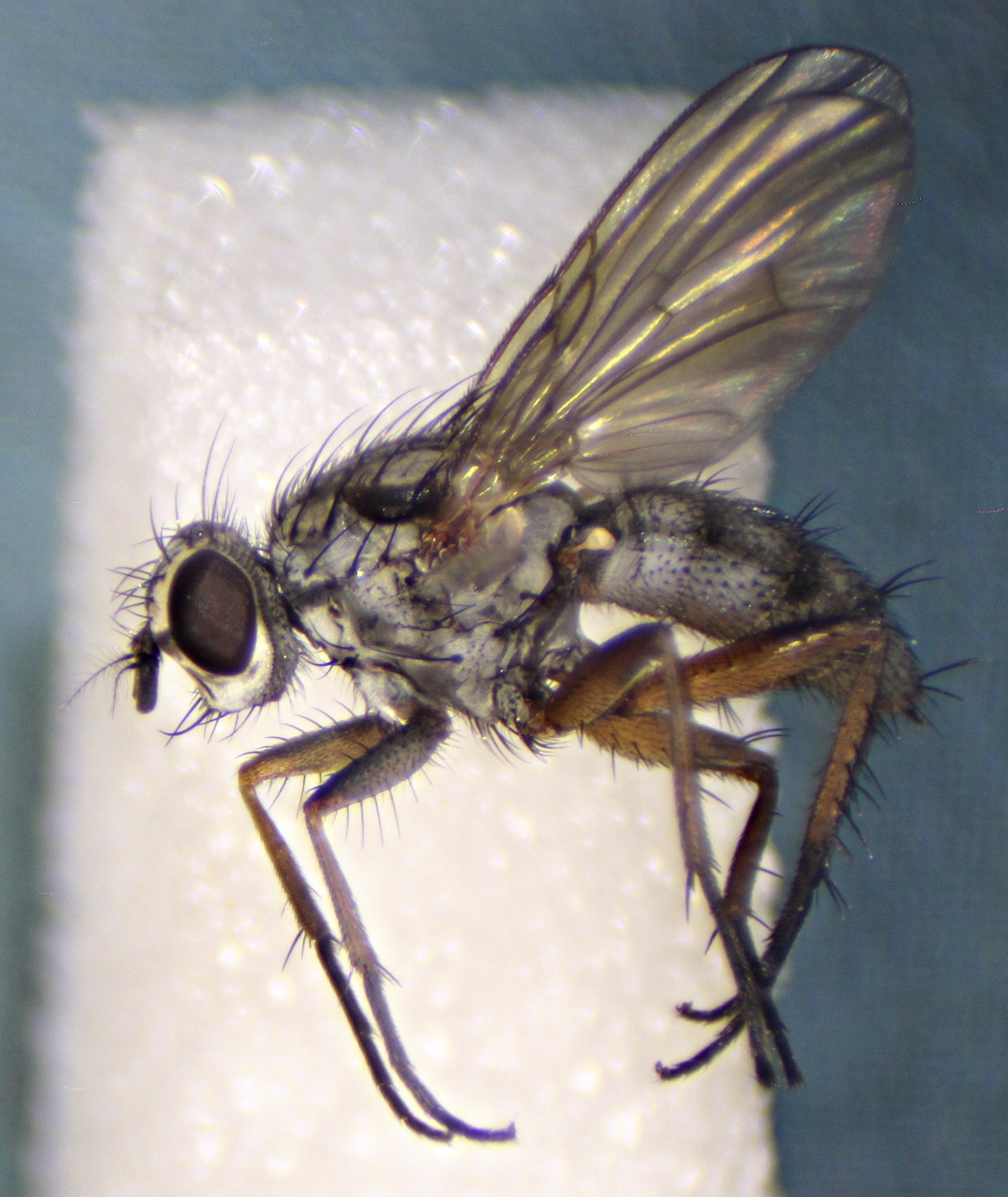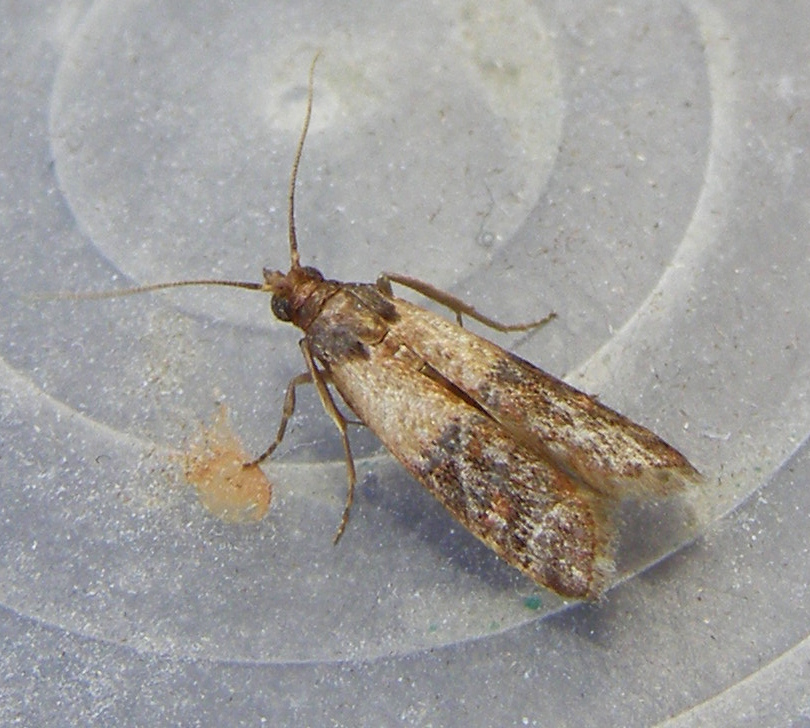
What I think is a winter shade moth, Tortricodes alternella (Lepidoptera: Tortricidae), one of many that were infesting our living room over the past 6 months.
I first noticed them in August last year when I started systematically catching them and putting them out of the window. Eventually I was catching up to a dozen of them each day. Then I started finding the odd caterpillar crawling up the living room wall. It happened that our aged vacuum cleaner had broken down a few weeks before we started noticing them, so I went out a bought a replacement. Also, we found that in the corner of the living room was a open bag of hamster food in a disused hamster cage (our last hamster had died a few months earlier). I suspect that the bag was where the moth caterpillars were developing but I didn't systematically investigate. Instead I just sealed the bag and put it in the bin. The number of moths then slowly went down again and by November I assumed the problem was solved.
Then, in January they started appearing again. Only now did I attempt to identify the moths and this turn out to be unexpectedly difficult. My usual method of going to UKMoths and stepping through all the species until I found a match did not reveal any likely candidates. It was only when I started looking for moths that might be active in January did I come across Tortricodes alternella. This moth tends to have a large light patch at the front, as in the above image, but is rather variable in both pattern and colour. However, the strongest evidence in favour of this identification is that T. alternella is active in both August and January, the two months in which our infestations were at their peak.
Specimen taken in Malvern Court, Reading, UK on 2018-02-16.
 Fri 2018-06-29
Fri 2018-06-29 